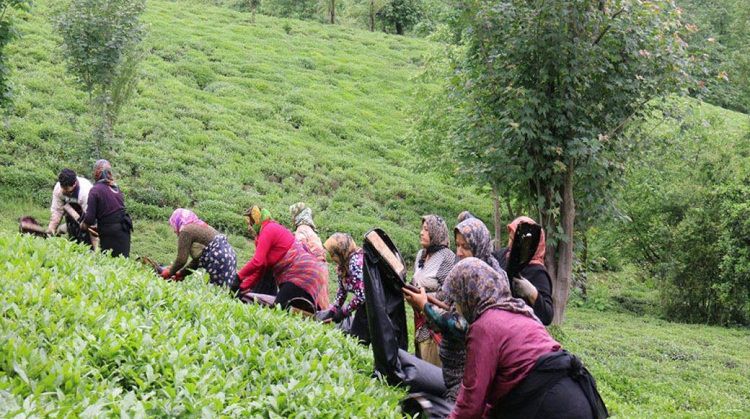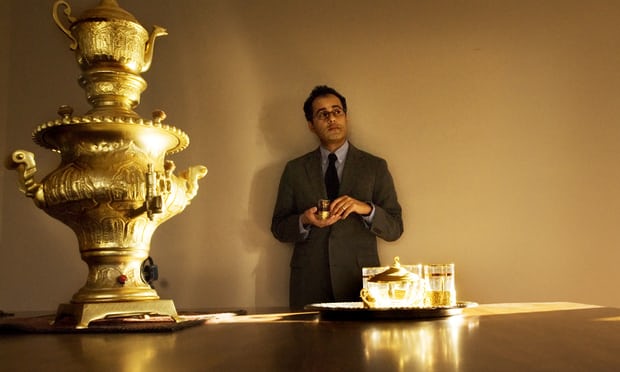The history of tea culture in Iran started at the end of the 15th century. Before that coffee was the main beverage in Iran. However, most of the coffee producing countries were located far from Iran, making shipping very difficult. With a major tea producing country, China, located on a nearby trading path, “the silk road”, and the shipping of tea was much easier. This was a major reason for tea becoming popular in Iran. As a result, the demand for tea grew, and more tea needed to be imported to match Iran’s consumption.

Iran failed in their first attempt to cultivate tea in their own country in 1882 with seeds from India. In 1899 Prince Mohammad Mirza known as “Kashef Al Saltaneh” who was born in Lahijan, imported Indian tea and started its cultivation in Lahijan. Kashef, who was the first mayor of Tehran and an Iranian ambassador to India under British rule, knew that the British would not allow him to learn about the secrets of tea production, as it was their biggest business in India at the time. So being fluent in French, the prince pretended to be a French laborer and started to work in the tea plantations and factories to learn how to produce tea. Ultimately his plan was to take back some samples of this tea to Iran to cultivate. He was successful in this endeavor only because of his diplomatic immunity which stopped the British from searching his secretly stashed sample. At the time, Kashef brought 3000 saplings into his country from the Northern part of India, Kangra. He started the cultivation in the region of Gilan, south of the Caspian Sea. The climate there was well suited for tea cultivation, and the tea industry quickly expanded in Gilan and Mazanderan region. Kashef’s mausoleum in Lahijan is now part of “Iran’s National Tea Museum”.

In 1934 the first modern style tea factory was built. Now there are up to 107 tea factories and a total of 32,000 hectare of tea farms. Most of the farms are located the hillsides of Iran like the farms in Darjeeling. These farms produce an orthodox style of black tea. The color of Iranian tea is red and taste is fairly light, and it is delicious without adding any milk or sugar. The total production of black tea in 2009 was approximately 60,000 tons.


